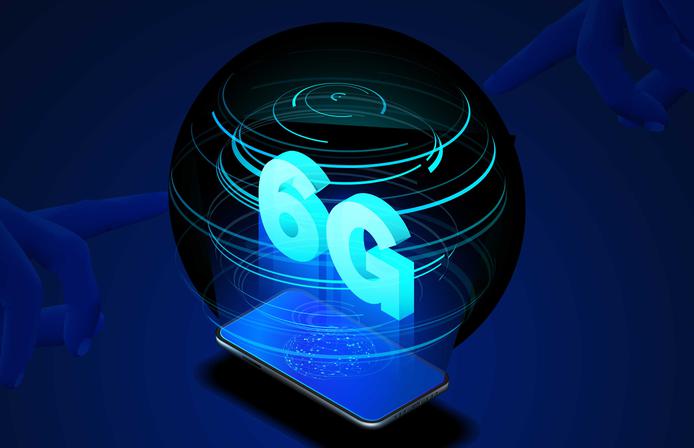Once confined to the realm of science fiction, holographic communication now ranks as one of the most wanted 5G-enabled applications by both consumers and enterprise users, according to recent research.
Holographic communication refers to real-time capturing, encoding, transporting and rendering of 3D representations, anchored in space, of remote persons shown as stereoscopic images or as 3D video in extended reality (XR)headsets that deliver a visual effect similar to a hologram.

After several years of experience with video calls on smartphones and tablets, many users report that they are eagerly awaiting the chance to meet others digitally using immersive communication services such as 3D holographic augmented reality (AR) calls over 5G [1].Compared with flat screen video, holographic communication can convey the subtleties of non-verbal communication and provide a sense of presence and immediacy that enhances the quality of human interaction. More than 50 percent of smartphone users [2] expect this technology to be available to them within a few years.
Consumers are not the only ones longing for more authentic forms of digital communication. A recent study showed that the main barrier to remote working was the need for social interaction [3]. With the time spent working outside the office expected to increase in the coming decade, many office workers will require more immersive forms of digital interaction.
Starting with AR glasses and holographic calls with spatial audio, office workers around the world expect to benefit from the emergence of haptic technology, which adds tactile sensing of digital objects [3]. More than half of them say they would like a digital workstation with multisensory presence at the office when working remotely. Similarly, in a recent online survey of 7,115 self-defined early adopters aged 15-69 in 14 major cities, 80 percent of the respondents said they expect to have telepresence facilities to socialize with remote colleagues by 2030.
The potential for realizing holographic communication use cases in the years ahead is high. They are already anticipated in numerous consumer and enterprise areas ranging from attending family events as a hologram or meeting a doctor from home to remote presence at the office, expert help at a factory and immersive marketing. As soon as the ecosystem is ready to deliver these new experiences at a good price point and quality of experience (QoE), our research suggests that both private consumers and enterprises will be keen to use it.
The ability to make holographic communication an everyday reality is dependent on three key factors. Firstly, there needs to be a desire that drives the behavioral change (the human factor). Secondly, the appropriate AR devices need to become available. Lastly, mobile networks must have the ability to support the holographic communication pipeline.









